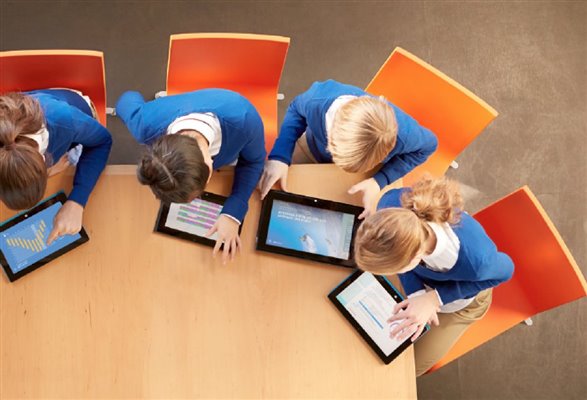The Future Of Technology In The Classroom
20 June 2016

If there was ever an area in which greater technology was needed, it would be the classroom.
Slow and unintuitive desktop computers, flickering projection systems, fuzzy VCR videos; all of these things helped define many of our school years—for better or for worse. They’ve provided us with many fond memories and moments slack off, but how much did they really add to our learning experience? Or, did they even hinder it?
For the majority of schools they’ve stuck by old technologies like those mentioned above. This could be for many reasons—money of course being the major one. The fact is classrooms are not normally the first to benefit from advances in learning and computing, and thus tend to stay years behind modern knowledge. It could be argued that the main road block here is resistance to change and too much investment in the outdated, inflexible, traditional approach to teaching.
But times are changing; good computing technology is now affordable; schools are getting their own tablets, and even if they aren’t, children have access to a world of information in their pockets. This makes the classroom of today a much different place to that of 20, 10—or even 5 years ago.
As the classroom realises its inevitable mergence into the technological age, outdated teaching methods and clunky systems will be left behind. This is needed sooner rather than later to embrace the range of emerging technologies set to pierce the educational sector.
Three of those emerging technologies which hold much hope for improving our classrooms are multi-touch surfaces, augmented reality, and 3D printing. Let’s find out how and why they’re going to find their way into our classrooms.
Augmented Reality (AR)
Currently AR for the classroom is inconveniently limited to smartphone apps, but with the emergence of Google Glass and other similar wearable devices, AR will soon be a key component in the learning process. AR in the classroom will be most useful in non-handheld devices which allow the user to use it hands and distraction free, presenting a layer of additional information over that which students see through the lens.
Multi-Touch Surfaces
Amazing things have been done for many years with multi-touch surfaces. But where they can be particularly useful in the classroom is in creating adaptable work surfaces, where the whole surface of a desk or table can be manipulated and altered for a variety of purposes. This opens up endless possibilities, for example students could interact with geographical maps and analytical data, or collaborate live with peers around the world.
3D Printing
3D printing technology will become a must have in the classroom. Not only can it be used to print out models in engineering and design and technology class, but it can be used to create custom learning materials, weird and wonderful creations in art class, and potentially food in cooking class and organs in biology.
Technology in the classroom may seem a nuisance when students are constantly checking their smart devices, but soon it’ll be integrated into the very framework of teaching, creating a seamless and highly effective working environment for both students and teachers.
How about a school trip to the Cambridge Museum of Technology? Visit our website to find out about our specialist minibus services for schools, universities, colleges and other educational institutions.
Back to Blog listings